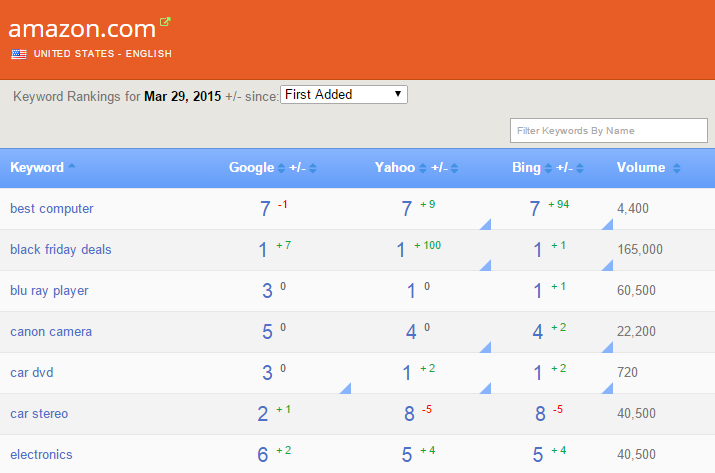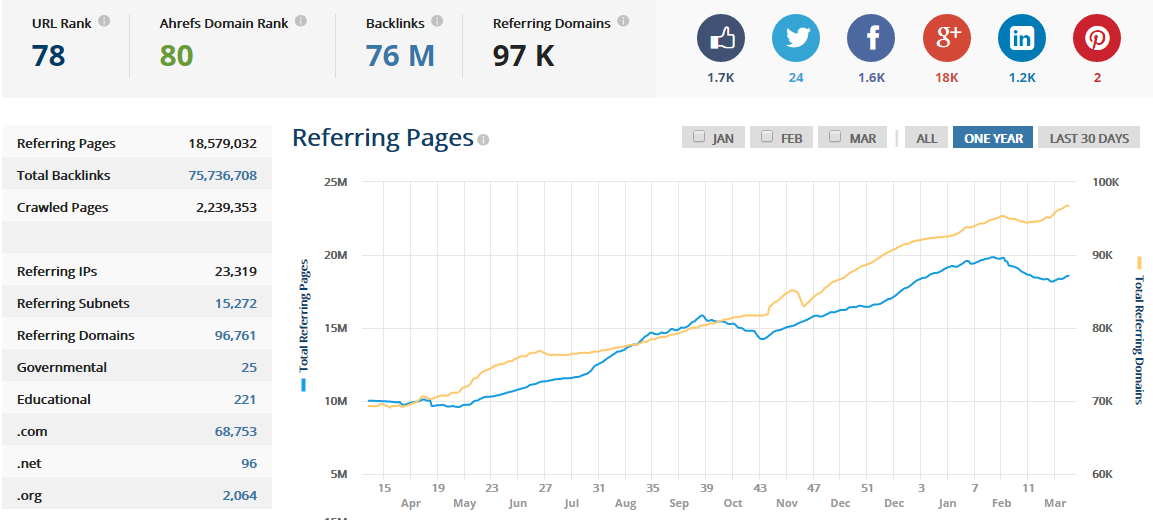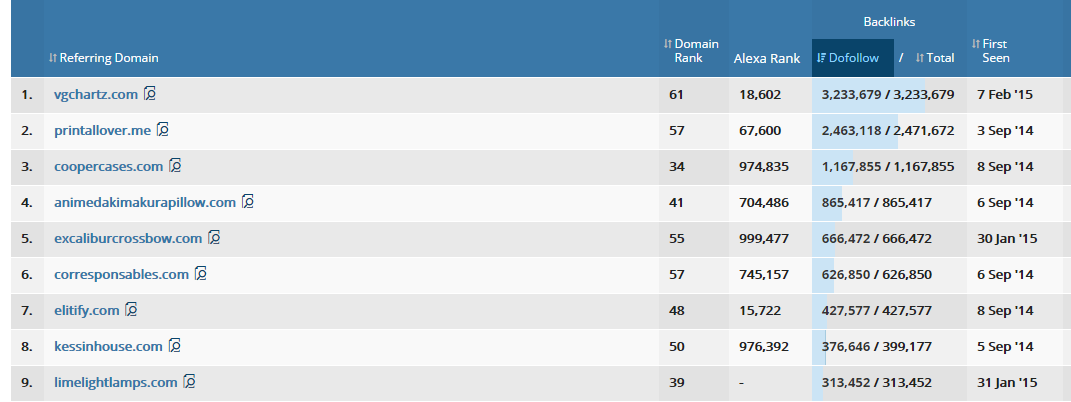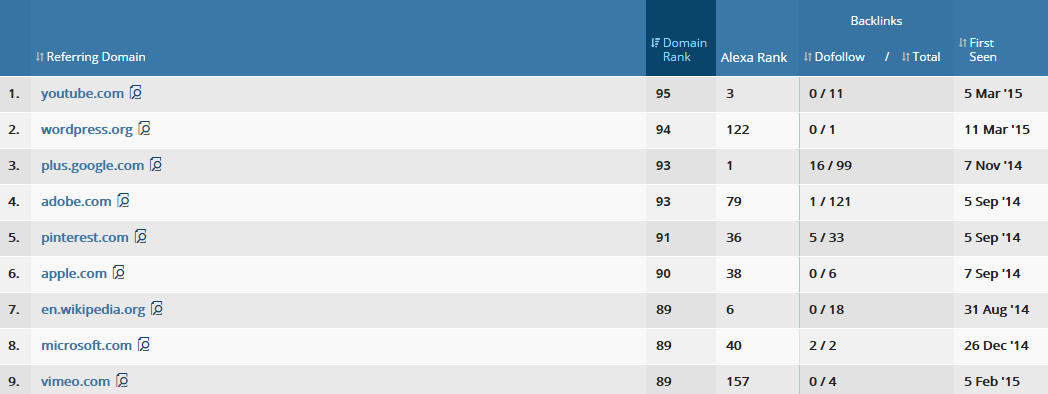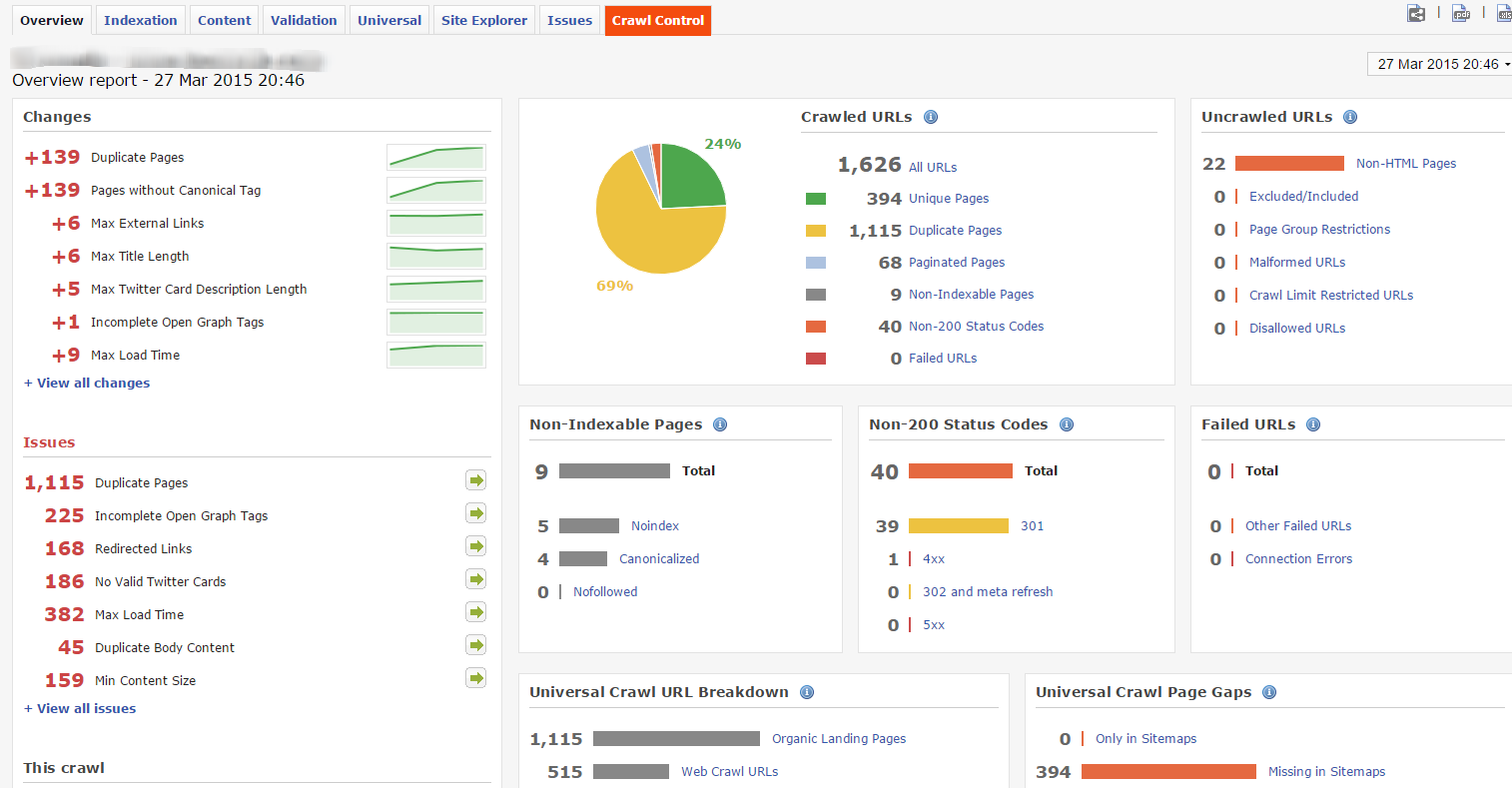php
Web services are taking over the whole world. I credit Twitter's epic rise to the availability of a simple but rich API. Why not use the same model for your own sites? Here's how to create a basic web service that provides an XML or JSON response using some PHP and MySQL.
Take the following sample URL for example:
Web services are taking over the whole world. I credit Twitter's epic rise to the availability of a simple but rich API. Why not use the same model for your own sites? Here's how to create a basic web service that provides an XML or JSON response using some PHP and MySQL.
/* require the user as the parameter */ if(isset($_GET['user']) && intval($_GET['user'])) { /* soak in the passed variable or set our own */ $number_of_posts = isset($_GET['num']) ? intval($_GET['num']) : 10; //10 is the default $format = strtolower($_GET['format']) == 'json' ? 'json' : 'xml'; //xml is the default $user_id = intval($_GET['user']); //no default /* connect to the db */ $link = mysql_connect('localhost','username','password') or die('Cannot connect to the DB'); mysql_select_db('db_name',$link) or die('Cannot select the DB'); /* grab the posts from the db */ $query = "SELECT post_title, guid FROM wp_posts WHERE post_author = $user_id AND post_status = 'publish' ORDER BY ID DESC LIMIT $number_of_posts"; $result = mysql_query($query,$link) or die('Errant query: '.$query); /* create one master array of the records */ $posts = array(); if(mysql_num_rows($result)) { while($post = mysql_fetch_assoc($result)) { $posts[] = array('post'=>$post); } } /* output in necessary format */ if($format == 'json') { header('Content-type: application/json'); echo json_encode(array('posts'=>$posts)); } else { header('Content-type: text/xml'); echo '<posts>'; foreach($posts as $index => $post) { if(is_array($post)) { foreach($post as $key => $value) { echo '<',$key,'>'; if(is_array($value)) { foreach($value as $tag => $val) { echo '<',$tag,'>',htmlentities($val),'</',$tag,'>'; } } echo '</',$key,'>'; } } } echo '</posts>'; } /* disconnect from the db */ @mysql_close($link); }With the number of persons hitting your web service (hopefully), you'll need to do adequate validation before attempting to connect to the database to avoid injection attacks. Once we get the desired results from the database, we cycle through the results to populate our return results array. Depending upon the response type desired, we output the proper header and content in the desired format.
Take the following sample URL for example:
http://mydomain.com/web-service.php?user=2&num=10Now, we can take a look at the possible results of the URL.
The XML Output
<posts> <post> <post_title>SSLmatic SSL Certificate Giveaway Winners</post_title> <guid>https://davidwalsh.name/?p=2304</guid> </post> <post> <post_title>MooTools FileManager</post_title> <guid>https://davidwalsh.name/?p=2288</guid> </post> <post> <post_title>PHPTVDB: Using PHP to Retrieve TV Show Information</post_title> <guid>https://davidwalsh.name/?p=2266</guid> </post> <post> <post_title>David Walsh: The Lost MooTools Plugins</post_title> <guid>https://davidwalsh.name/?p=2258</guid> </post> <post> <post_title>Create Short URLs Using U.Nu</post_title> <guid>https://davidwalsh.name/?p=2218</guid> </post> <post> <post_title>Create Bit.ly Short URLs Using PHP</post_title> <guid>https://davidwalsh.name/?p=2194</guid> </post> <post> <post_title>Represent Your Repositories Using the GitHub Badge!</post_title> <guid>https://davidwalsh.name/?p=2178</guid> </post> <post> <post_title>ZebraTable</post_title> <guid>https://davidwalsh.name/?page_id=2172</guid> </post> <post> <post_title>MooTools Zebra Table Plugin</post_title> <guid>https://davidwalsh.name/?p=2168</guid> </post> <post> <post_title>SSLmatic: Quality, Cheap SSL Certificates and Giveaway!</post_title> <guid>https://davidwalsh.name/?p=2158</guid> </post> </posts>Take this next sample URL for example:
http://mydomain.com/web-service.php?user=2&num=10&format=jsonNow, we can take a look at the possible results of the URL.
The JSON Output
{"posts":[{"post":{"post_title":"SSLmatic SSL Certificate Giveaway Winners","guid":"http:\/\/davidwalsh.name\/?p=2304"}},{"post":{"post_title":"MooTools FileManager","guid":"http:\/\/davidwalsh.name\/?p=2288"}},{"post":{"post_title":"PHPTVDB: Using PHP to Retrieve TV Show Information","guid":"http:\/\/davidwalsh.name\/?p=2266"}},{"post":{"post_title":"David Walsh: The Lost MooTools Plugins","guid":"http:\/\/davidwalsh.name\/?p=2258"}},{"post":{"post_title":"Create Short URLs Using U.Nu","guid":"http:\/\/davidwalsh.name\/?p=2218"}},{"post":{"post_title":"Create Bit.ly Short URLs Using PHP","guid":"http:\/\/davidwalsh.name\/?p=2194"}},{"post":{"post_title":"Represent Your Repositories Using the GitHub Badge!","guid":"http:\/\/davidwalsh.name\/?p=2178"}},{"post":{"post_title":"ZebraTable","guid":"http:\/\/davidwalsh.name\/?page_id=2172"}},{"post":{"post_title":"MooTools Zebra Table Plugin","guid":"http:\/\/davidwalsh.name\/?p=2168"}},{"post":{"post_title":"SSLmatic: Quality, Cheap SSL Certificates and Giveaway!","guid":"http:\/\/davidwalsh.name\/?p=2158"}}]}Creating a basic web service is very simple and encourages your users to spread the word about your website or service. Want more traffi






